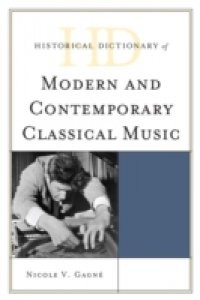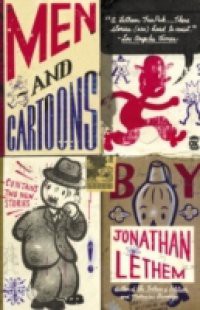In the last decade of the 19th century, modernist sensibilities reached a critical mass and emerged more frequently in music as composers began employing dissonance, polyrhythm, atonality, and densities. Conversely, many 20th-century composers eschewed modernist devices and wrote accessible works in a tonal idiom, which drew chiefly on classical, romantic, and folk models. Then the postmodern sensibility followed, with its enthusiasm for the unprecedented availability of virtually every type of music, and it engendered numerous sub-groups, including multiculturalism, minimalism, multimedia, and free improvisation.Historical Dictionary of Modern and Contemporary Classical Music focuses on modernist and postmodern classical music worldwide from 1890 to the present. This is done through a chronology, an introductory essay, an extensive bibliography, and over 400 cross-referenced dictionary entries, with more than 60 entries explaining the methods, styles, and acoustic and electronic media peculiar to new music, and over 350 entries giving essential information on the lives and work of the people who have composed and performed that music. Those entries also include pop, jazz, and rock composer/musicians whose work either overlaps the realm of classical music or else is so radical within its own field that it merits discussion in this context. This book is a must for anyone, musician or non-musician, student or professional, who seeks to research and learn more about any significant aspect of modern and contemporary classical music worldwide.

















